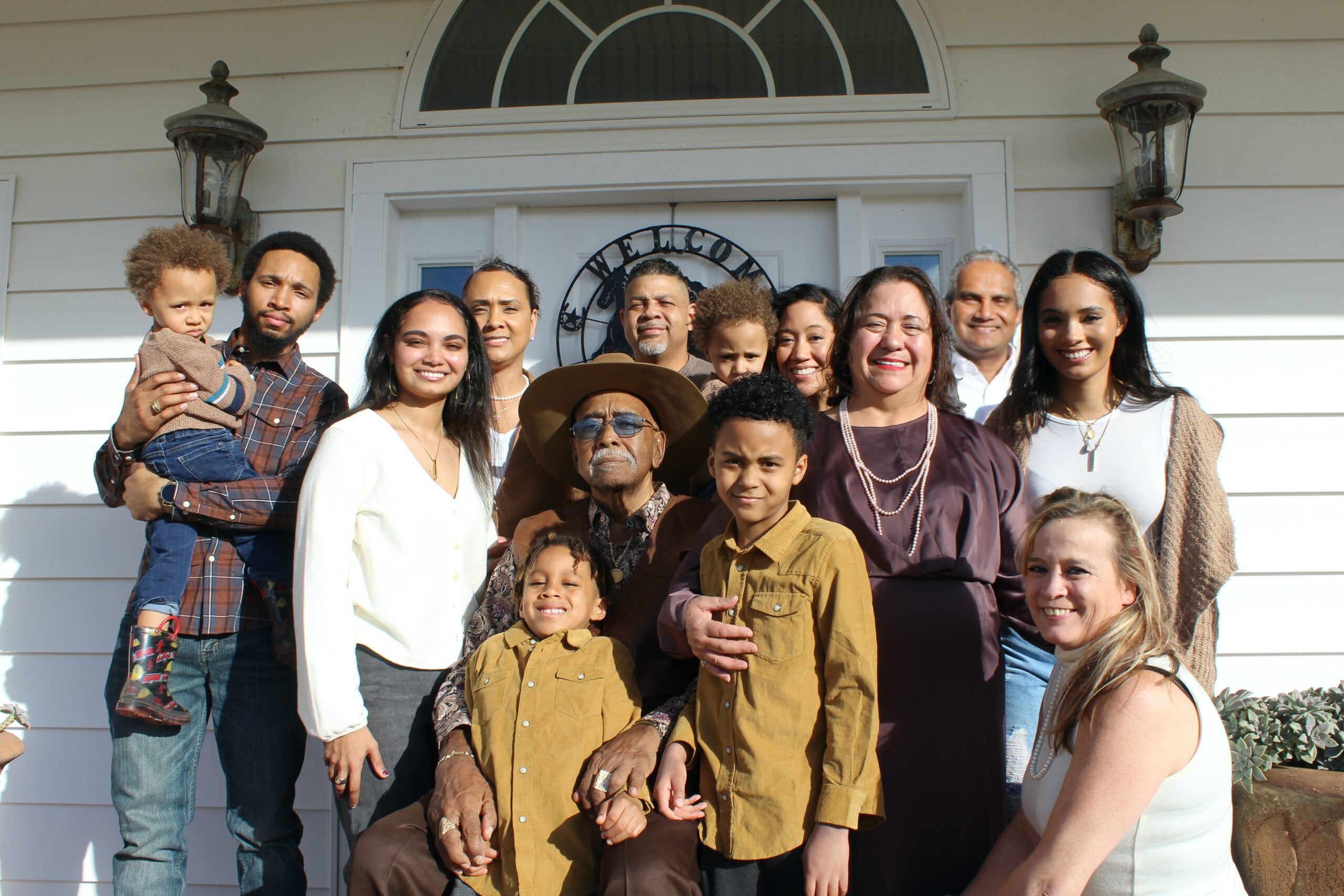-
Place of Birth
North Carolina
-
Tribal Affiliation
Gullah Geechee
-
Surname Heritage
France
Pierre History, Family Crest & Coats of Arms

The name Pierre is from the Languedoc region of southern France, it came from the ancient Greek personal name, Petros and the Biblical name, Peter, meaning “rock.”
Early Origins of the Pierre family
The surname Pierre was first found in Languedoc where this impressive family held a family seat since ancient times.
The family expanded, prospered and established the branches of the Lords of Saint Marcel, of Nîmes and of Bernis-Calvière. Bertrand III De Pierre was married four times, first in 1540 to Jeanne De Chalancon-Polignac, second to Christine De Geys in 1548, third to Guisette Duranc De Vibrac in 1550, and finally to Louis D’Artfeld in 1557. An important member of the military, Jean II, Lord of Bernis, was the mestre de camp (Commander of a cavalry regiment) under Henri IV during the 1500’s. His son, Jean-Jacques, Lord of Bernis, commanded the Phalsbourg regiment, but he was killed at the Fontanette battle in Milanais in the 1600’s. Descending from Jean, Joachim De Pierre, Lord of St-Marcel and of Bernis, was a Captain of the Cavalry and, in 1697, he married Marie-Elisabeth Du Chastel, daughter of Christophe, Baron of Condres, and of Louise Du Chastel, Baroness of Châteauneuf.
A decorated member of the military, François De Pierre, Lord of Loubatière, was a Captain of the Montconseil regiment who received the Grand-Cross of Saint-Jean of Jerusalem in the 1700’s. One of the most remarkable members of the family, Pons-Simon, Viscount of Bernis, then Marquis of Pierre-Bernis, started off as a King’s Page, then he became the Captain of the King’s Dragoons. He continued to receive promotions: in 1771, Commander of the Dragoons; in 1776, Colonel of the Soissonais regiment; in 1784, Brigadier of the King’s armies; in 1788, Camp Marshal of the King’s armies, and then Baron of the Estates of Languedoc and of Albigeois. Many other members of the family received important honours for their military and civil services, but they are too numerous to list.
Pierre Lapierre, born in 1656, son of Blaise and Jeanne of St.Martin, travelled from France to Canada in the 17th century. After arriving in the Canadian province of Quebec he married Marie Gaudin, born on 29th April 1662, daughter of Charles and Marie, at Ange-Gardien on 8th October 1687. [1]
Early History of the Pierre family
This web page shows only a small excerpt of our Pierre research.
Pierre Spelling Variations
The many different spellings of French surnames can be partially explained by the use of localdialects and by the influence of other languages during the early development of the French language. As a result of these linguistic and cultural influences, the name Pierre is distinguished by a number of regional variations. The many spelling variations of the name include Pierre, Pierres, De Pierre, De Pierres, Pyerre, Pyerres, De Pyerre, De Pyerres, Lapierre, Lapierres, La Pierre, La Pierres, La Pyerre, La Pyerres, Lanphere, Lanpher, Lanphier and many more.
Pierre World Ranking
In the United States, the name Pierre is the 1,351st most popular surname with an estimated 22,383 people with that name. [2] However, in Quebec, Canada, the name Pierre is ranked the 438th most popular surname. [3] And in France, the name Pierre is the 82nd popular surname with an estimated 32,323 people with that name. [4]
Pierre migration to the United States +
Migration from France to New France or Quebec as it was now more popularly called, continued from France until it fell in 1759. By 1675, there were 7000 French in Quebec. By the same year the Acadian presence in Nova Scotia, New Brunswick and Prince Edward Island had reached 500. In the treaty of Utrecht, the Acadians were ceded by France to Britain in 1713. In 1755, 10,000 French Acadians refused to take an oath of allegiance to England and were deported. They found refuge in Louisiana. In 1793, the remaining French in these provinces came under British rule. Meanwhile, in Quebec, the French race flourished, founding in Lower Canada, one of the two great solitudes which became Canada. Many of this distinguished family name Pierre were prominent in social, cultural, religious and political affairs in France and New France. Amongst the settlers in North America with this distinguished name Pierre were
Pierre Settlers in United States in the 18th Century
- Jean Pierre, aged 20, who settled in Louisiana in 1719
- Jean Pierre, aged 20, who arrived in Louisiana in 1719 [5]
- Louis Pierre, who landed in Louisiana in 1719 [5]
- Miss Marguerite Pierre, (b. 1768), aged 17, French settler traveling aboard the ship “La Ville d’Archangel” arriving in New Orleans, Louisiana on 3rd December 1785 [6]
- Marguerite Pierre, aged 17, who arrived in New Orleans, La in 1785 [5]
Pierre Settlers in United States in the 19th Century
- Bernd Georg Pierre, who landed in America in 1814-1820 [5]
- Dominick Pierre, aged 28, who settled in New Orleans in 1820
- Noel Pierre, aged 26, who arrived in New Orleans in 1821
- J. Pierre, aged 24, who settled in Philadelphia in 1822
- Andrew H Pierre, who arrived in Mobile County, Ala in 1845 [5]
Some of the first settlers of this family name were:
Pierre Settlers in Canada in the 17th Century
- Le Grand Pierre, who landed in Montreal in 1653
Pierre Settlers in Canada in the 18th Century
- Pierre-Philippe Pierre, who landed in Montreal in 1741
Pierre migration to New Zealand +
Emigration to New Zealand followed in the footsteps of the European explorers, such as Captain Cook (1769-70): first came sealers, whalers, missionaries, and traders. By 1838, the British New Zealand Company had begun buying land from the Maori tribes, and selling it to settlers, and, after the Treaty of Waitangi in 1840, many British families set out on the arduous six month journey from Britain to Aotearoa to start a new life. Early immigrants include:
Pierre Settlers in New Zealand in the 19th Century
- Guillard Pierre, aged 26, a farm labourer, who arrived in Hawkes Bay aboard the ship “Clarence” in 1875
Contemporary Notables of the name Pierre (post 1700) +
- Alfred Pierre (1959-1991), aged 32, American crew member from New York City of the Andrea Gail, lost during the “Perfect Storm” of 1991; the crew members’ plight was inspiration of the 1997 book and a 2000 film adaptation of the same name
- Brian St Pierre (b. 1979), American professional (NFL) football player
- Wilfred Pierre, American Democratic Party politician, Delegate to Democratic National Convention from Louisiana, 1996, 2000, 2004 (alternate) [7]
- Shawn Pierre, American Democratic Party politician, Delegate to Democratic National Convention from Alaska, 1996 [7]
- Nadia Pierre, American Democratic Party politician, Alternate Delegate to Democratic National Convention from Florida, 2000 [7]
- Alphonse Pierre, American Democratic Party politician, Candidate for Wisconsin State Assembly from Oconto County, 1956 [7]
- Odile Pierre (1932-2020), French organist, composer and academic teacher
- Jean-Baptiste Pierre de Semellé, French Divisional General during the French Revolutionary and Napoleonic Wars from 1789 to 1815 [8]
- Jean Ignace Pierre, French Brigadier General during the French Revolutionary and Napoleonic Wars from 1789 to 1815 [9]
- Jackie Pierre (b. 1946), French politician, member of the Senate of France
The motto was originally a war cry or slogan. Mottoes first began to be shown with arms in the 14th and 15th centuries, but were not in general use until the 17th century. Thus the oldest coats of arms generally do not include a motto. Mottoes seldom form part of the grant of arms: Under most heraldic authorities, a motto is an optional component of the coat of arms, and can be added to or changed at will; many families have chosen not to display a motto.
Motto: Armé pour le roi
Motto Translation: Armed for the king


